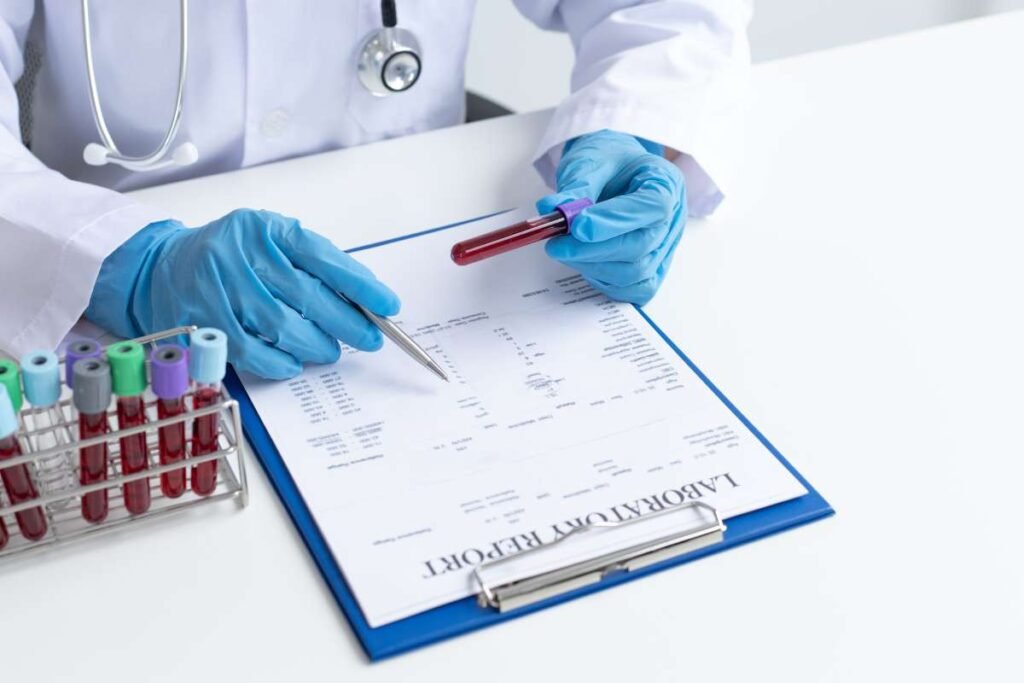While the age-old quest to reverse aging continues to fascinate scientists and the public alike, recent developments in aging research are steering the conversation toward a more achievable goal: extending health span, or the number of years a person lives free from serious Age-Related Diseases . Though experimental methods like cellular reprogramming, senolytic drugs, and even young blood transfusions have shown promise in animals, these approaches carry risks such as immune suppression or cancer and remain unproven in humans.
Rather than chasing a distant dream of immortality, many scientists are now focusing on reducing the burden of three major age-related diseases: cancer, cardiovascular disease, and neurodegenerative conditions like Alzheimer’s. These diseases, which often take decades to develop, are now believed to be largely preventable. Studies suggest that up to 80% of heart disease cases, 40% of cancers, and 45% of Alzheimer’s cases could be avoided through early detection and intervention. Until recently, however, accurately predicting who is at risk—and when disease will strike—has been a significant challenge.
Emerging Tools Offer Deeper Health Insights
The science of aging is evolving rapidly thanks to new technological breakthroughs. Traditionally, doctors used genetic information and family history to assess disease risk. But today, they can combine that with advanced tools like biological clocks and AI-driven analysis to provide more detailed and personalized predictions.
Among the most exciting innovations are proteomic organ clocks, which measure thousands of proteins in a single blood sample to assess how individual organs—such as the heart, brain, or kidneys—are aging compared to the rest of the body. Another powerful tool is the epigenetic clock, which gauges biological age using chemical modifications on DNA, often obtained from a saliva sample. These molecular assessments, combined with routine lab tests, imaging scans, and even retinal photos, offer unprecedented insights into an individual’s health trajectory.
For example, someone concerned about Alzheimer’s disease might undergo a blood test to detect brain plaque buildup. Doctors can then use AI-enhanced tools to interpret this data alongside the patient’s proteomic and epigenetic results to estimate the likelihood of developing the disease within five to seven years. Similar predictive models are being developed for heart disease and cancer, offering a new layer of proactive care.
A Personalized, Preventive Path to Age-Related Diseases Well
With the help of artificial intelligence and a growing understanding of how the body ages, healthcare is poised to shift from reactive treatments to personalized prevention plans. High-risk individuals could benefit from regular screenings, lifestyle adjustments, and even emerging therapies tailored to their unique biological makeup. Interventions might include dietary changes, increased exercise, better sleep hygiene, and social engagement—factors known to influence disease risk. Newer options, like GLP-1 drugs being tested for Alzheimer’s prevention, could also become part of a preventative toolkit.
However, equitable access to these innovations remains a challenge. Experts warn that the benefits of aging science must not be limited to the wealthy. Sustained investment in research and public health infrastructure is essential to make this vision a reality for all.
Rather than chasing immortality, the true promise of aging science lies in empowering people to live longer, healthier lives—and that, researchers argue, should be a national priority.
Also Read :- Heavy Lifting for Healthy Aging: New Study Highlights Benefits for Retirees









